
Hear from up-and-coming Brazilian artist Rafael Alonso about his piece ‘Very Nice’, the artwork he created for The Sun: Living With Our Star.

Hear from up-and-coming Brazilian artist Rafael Alonso about his piece ‘Very Nice’, the artwork he created for The Sun: Living With Our Star.
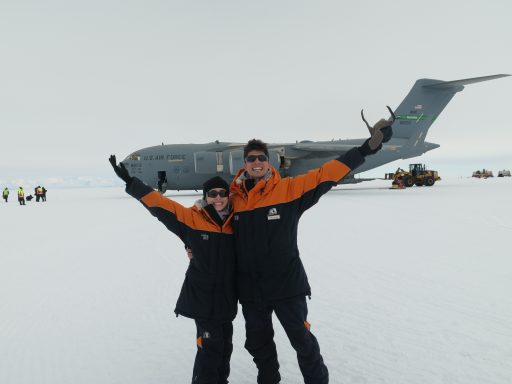
To celebrate Antarctica Live at the Science Museum, we speak to award-winning choreographer Corey Baker about his trip to the coldest, driest, windiest place on Earth to film Antarctica: The First Dance.
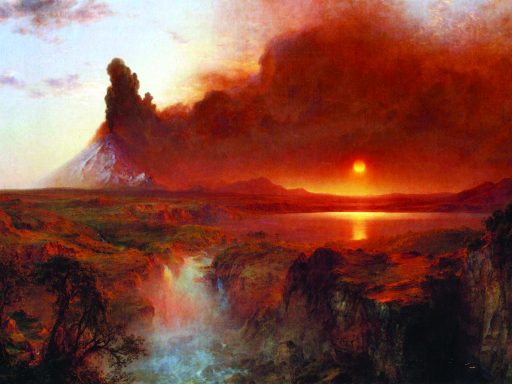
To mark the summer solstice Lead Curator of recent exhibition The Sun: Living With Our Star, Harry Cliff, explores the year without summer.

Rahaab Allana, Consulting Curator for Illuminating India: Photography 1857-2017, expresses his point of view.
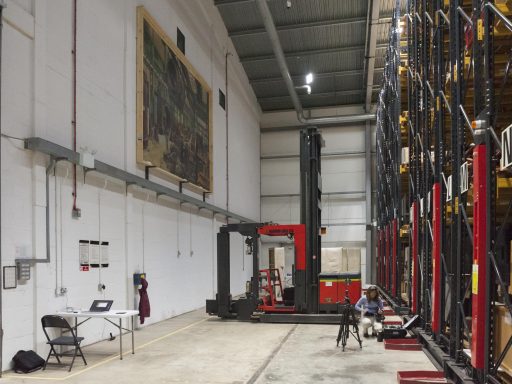
Go behind the scenes with Kira and her colleagues from the Collections Services team as they attempt to capture a Cuneo
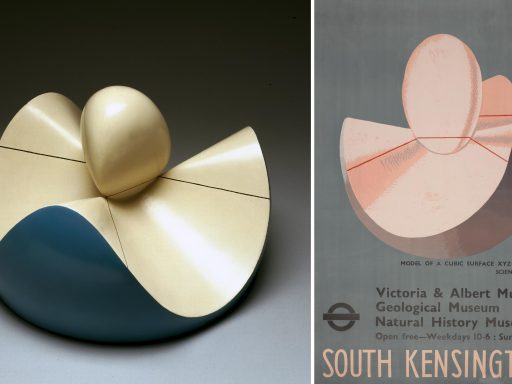
On this day in 1889 the Modernist painter Edward Wadsworth was born. Assistant Curator Rupert Cole explores an interaction Wadsworth had with Science Museum objects in the 1930s.
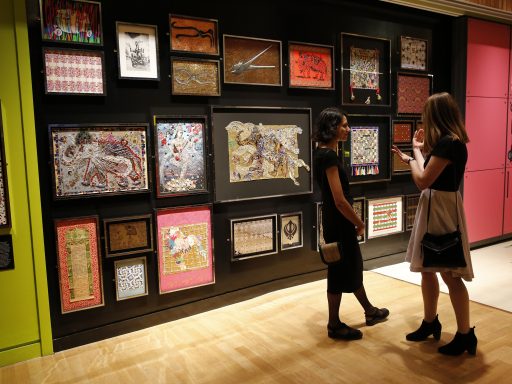
On 3 October 2017 the Science Museum opened new season Illuminating India to VIP guests.
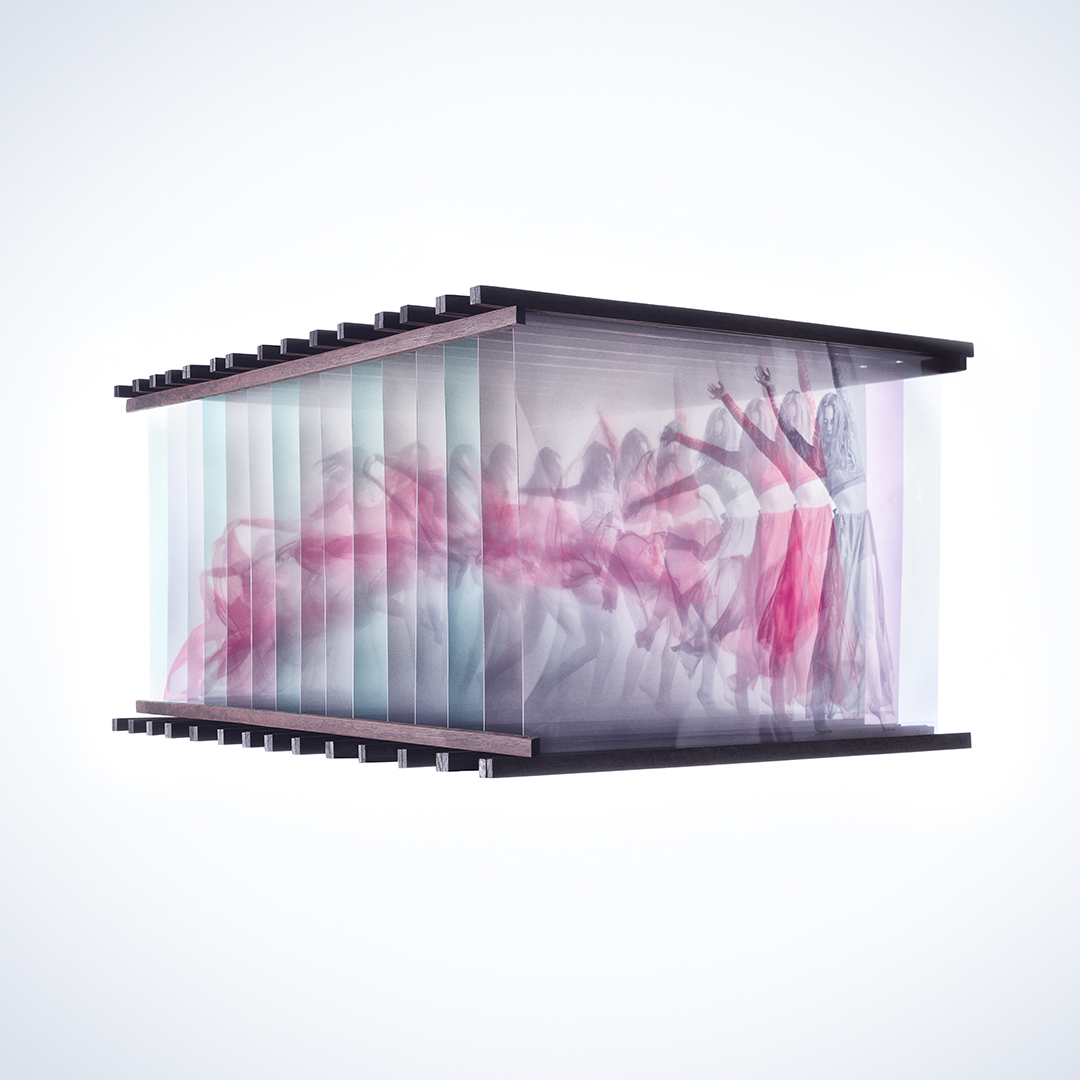
From radio and radar to MRI and fibre optics, do you know just how many of the world’s revolutionary innovations were developed and patented in Britain?
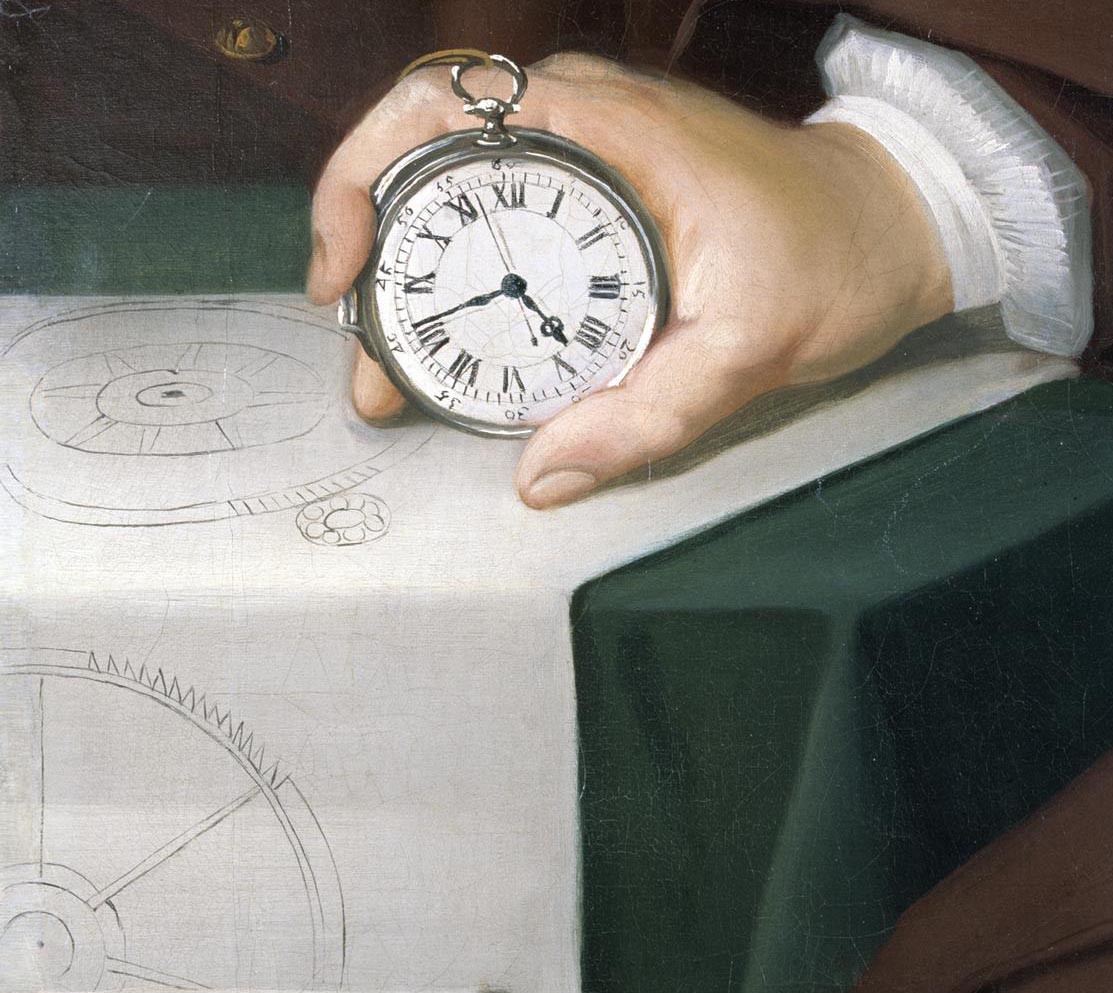
On a wall at the Royal Observatory in Greenwich hangs a portrait of John Harrison on loan from the Science Museum Group (SMG) collections and Art Curator Katy Barrett tells us more about this intriguing man.
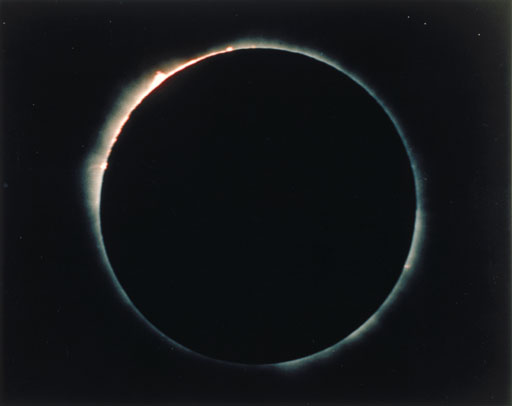
On Monday 21 August 2017, a solar eclipse was visible across most of the United States for the first time in a century. To celebrate, curator Ali Boyle shared a short history of eclipses and a few favourite objects from our collection.
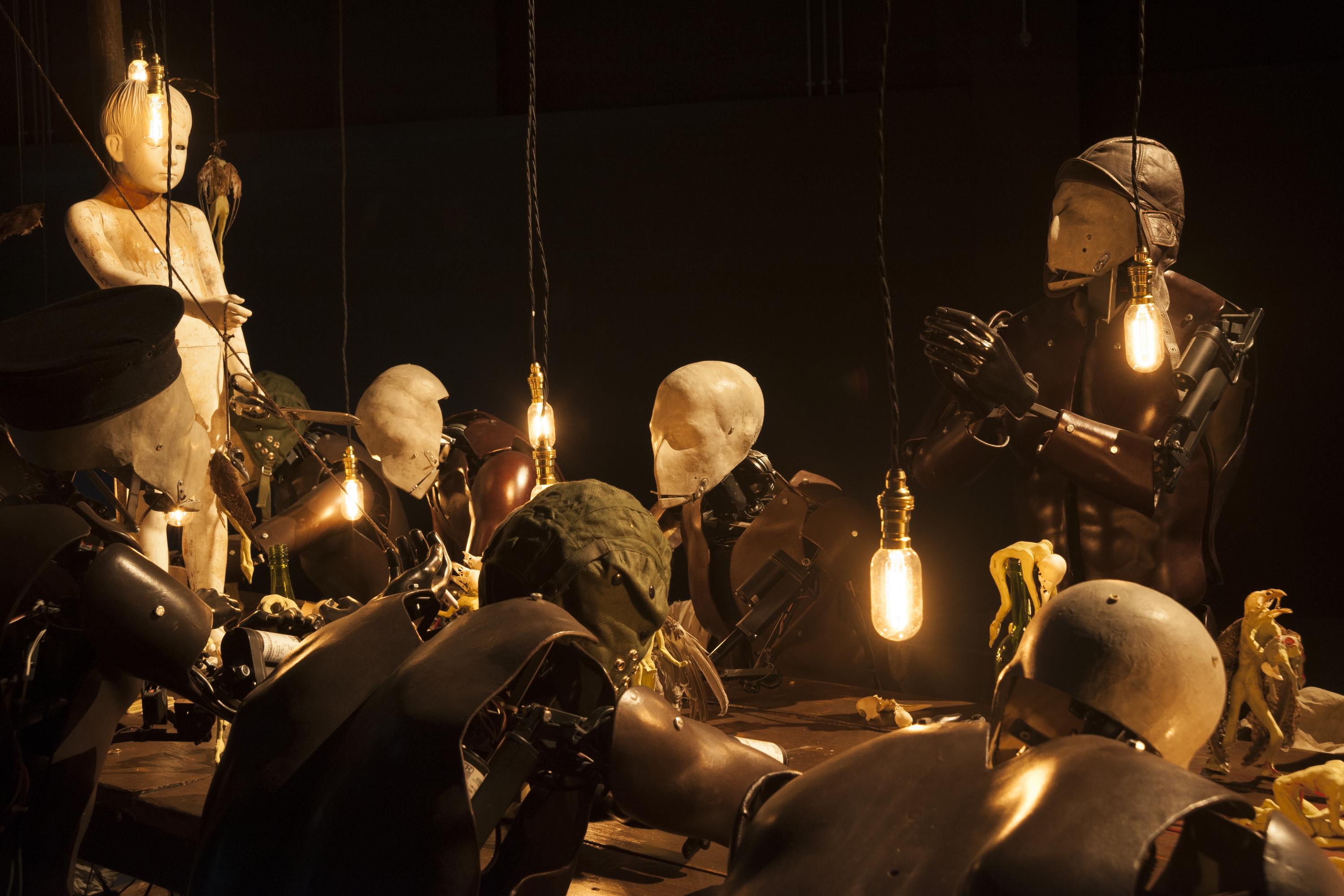
Take a look at the story behind The Last Supper
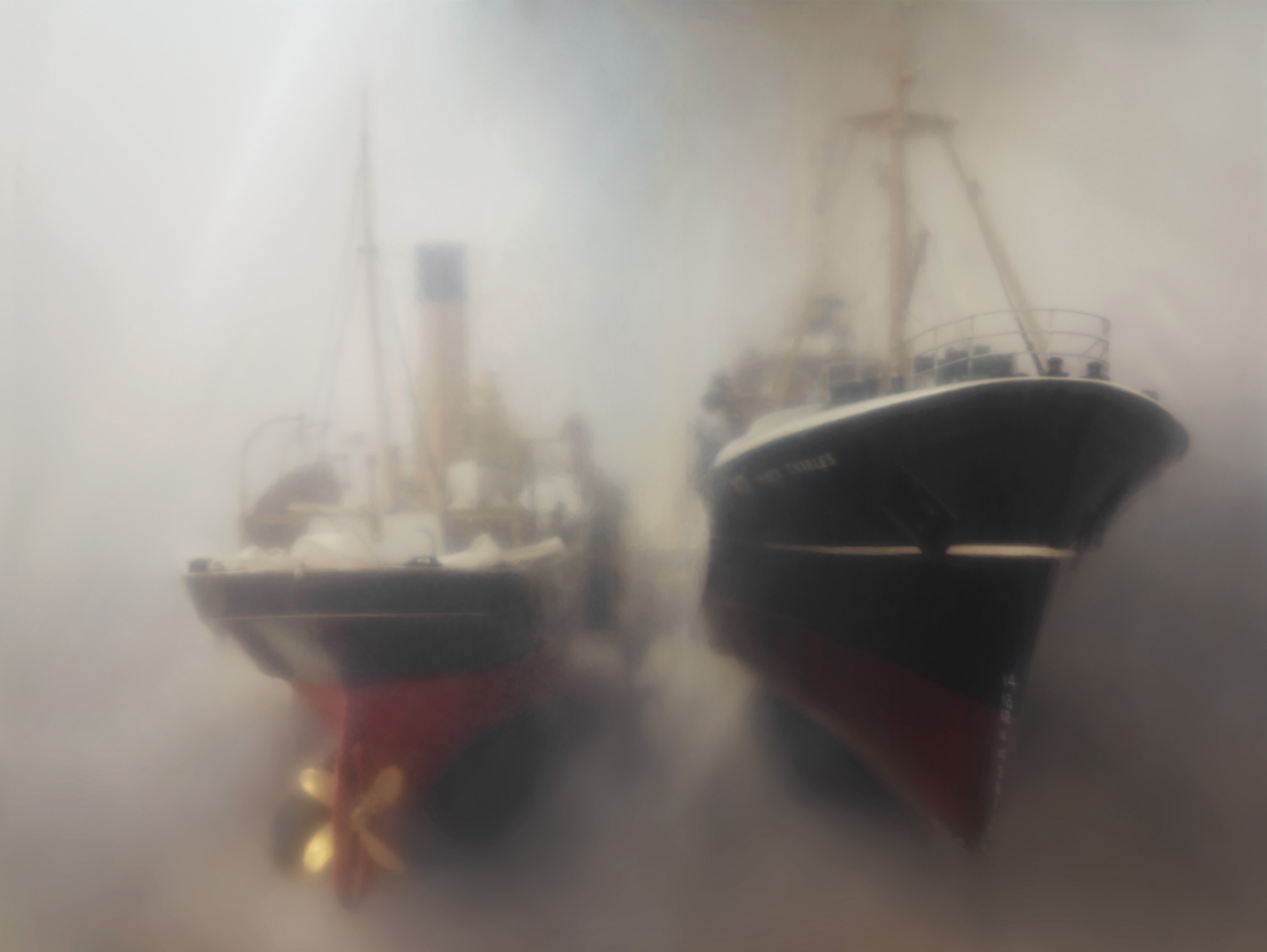
A new lease of life for our shipping models in Voyages